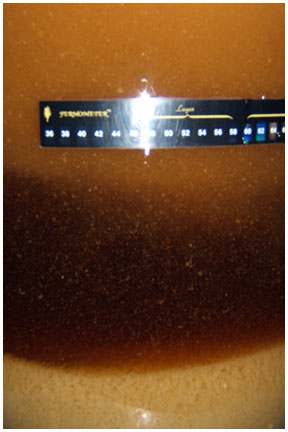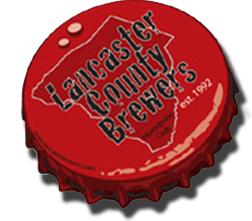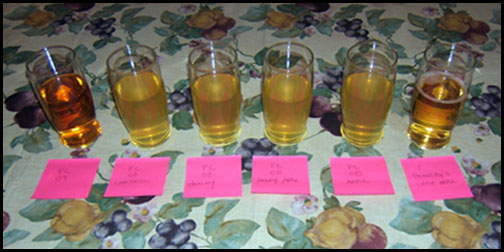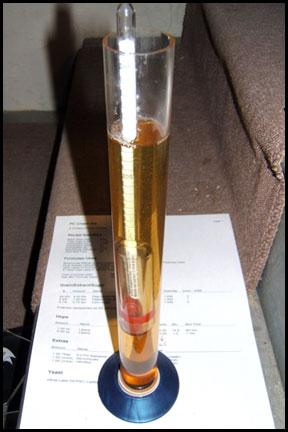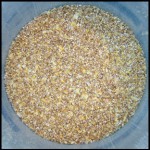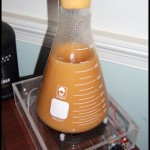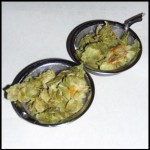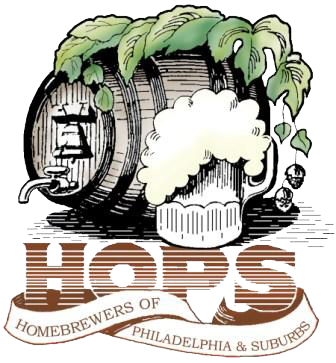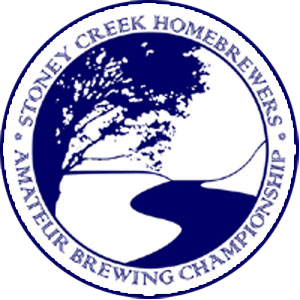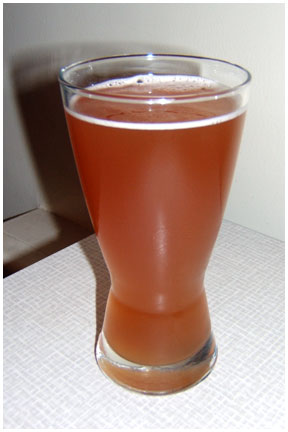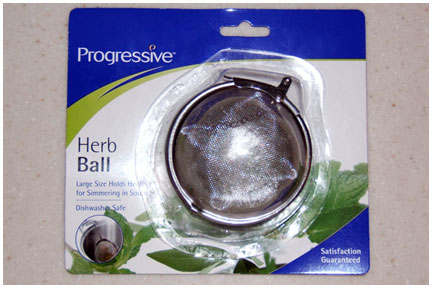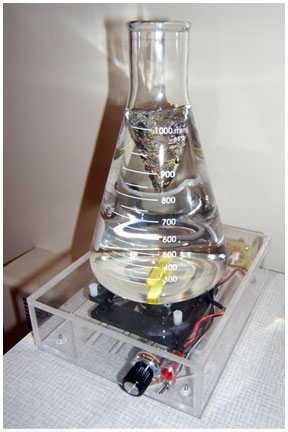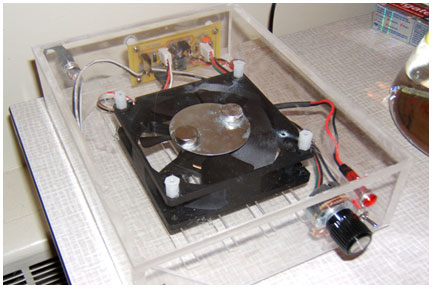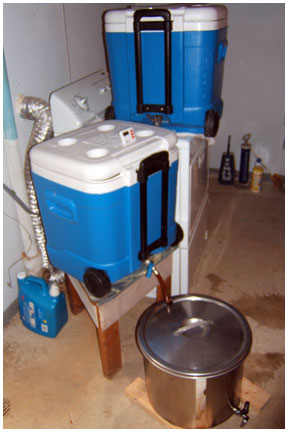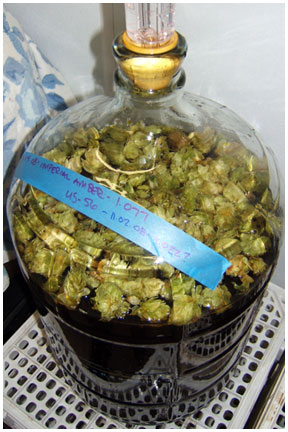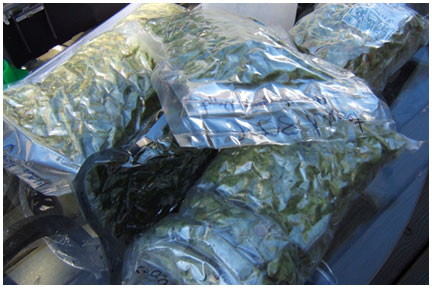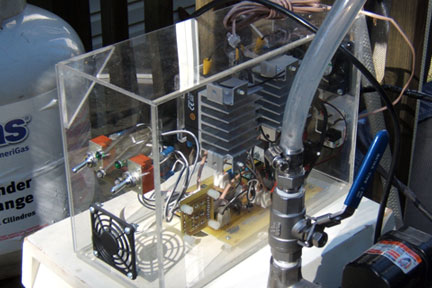On Wednesday I kegged off my two ciders in preparation for them to be “ready” (read: carbonated) for Thanksgiving. One keg of cider will remain a Traditional English-style cider while the other I planned on doctoring into a Cider-Pop, for real.

So the Traditional cider was no problem, transfer and carbonate, hopefully all will turn out well. The Cider-Pop on the other hand, well, that was a true experiment. First, I had to find a way to “kill” any yeasties that may still be in suspension in the cider so as when I add additional sugar to the solution fermentation wouldn’t just start all over again. I did a little research and it appears the common practice (though there are other solutions) is to add Potassium Sorbate to the cider. This actually doesn’t kill the yeast, it stops them from budding and reproducing. So, there is potential for there to be a small amount of fermentation, but I should be safe.
Next, since I had never back-sweetened anything before, I had to figure out how much of what to add to the cider to make it “good”. After fermentation, and transferring to secondary, and using a clarifier to drop particulate out of suspension, it appeared as if I would be working with about 4.5 gallons of cider. Though I wanted to experiment with both larger quantities and more variation I limited myself to 32oz. With this 32oz. I had determined that I would do four different things to the cider, thus four 8oz. samples which actually divides quite nicely into quarts and gallons. So anyway, the four options were: a control cider (nothing was done to this glass), a cider sweetened with clover honey, a cider sweetened with apple concentrate, and a cider sweetened with both honey and apple concentrate. Some of the other options I had available but we didn’t have enough cider to play with were: cane sugar, corn sugar, karo syrup, and brown sugar. Just for fun, not to determine anything with the sweetness, I also poured 8oz. samples of the Fool Circle ’07 cider and a Hornsby’s Crisp Apple cider.
The experiment was simple and not really scientific, but hopefully it got us to the sweetness area where we were happy. Basically I started by adding a TBSP of which ever sweetener to each cider. and from there we incrementally adjusted as the sweetness started to hit threshold of what we were looking for. So essentially it went sort of like adding TBSPs, to adding tsps, to adding 1/2 tsps and so forth. The honey made the most dramatic difference the fastest in both nose, flavor, and sweetness. I think if you pushed the honey aspect far you could create the resemblance to a Sweet Cyser (sweet apple melomel (mead with fruit added to it)) quite easily. The apple concentrate was the slow runner of the three, not very dramatic at first, but its potential grew as more was added. And the honey and apple concentrate combo was where it was at, which is kind of what we were guessing before we started. The trick to the combo was it needed disproportionate amounts of honey to apple concentrate. The honey was quite overwhelming in nose and flavor but added the right sweetness, while the apple concentrate added the apple flavor back to the mix but it’s sweetness was way lower, but also added a nice tart background to help cut the honey sweetness.
In the end I think we came up with a nice Cider-Pop. Of course it wasn’t really cold, and wasn’t carbonated at all, and a bunch of other variables that will make it completely different than the final product, but I think it was a nice shot. In the end we wound up back-sweetening the keg of cider with 36oz. of apple concentrate and 20oz. of clover honey. I tried to shake the hell out of the keg to hope that all the honey dissolved, but I guess we’ll find out after the first pour. I’m going to try to pull off a bunch of bottles of both to have available for Thanksgiving and then try to put both ciders on tap at the same time for comparison sake. So after you get a chance to try these, if you do, let me know what you think. Thanks!
